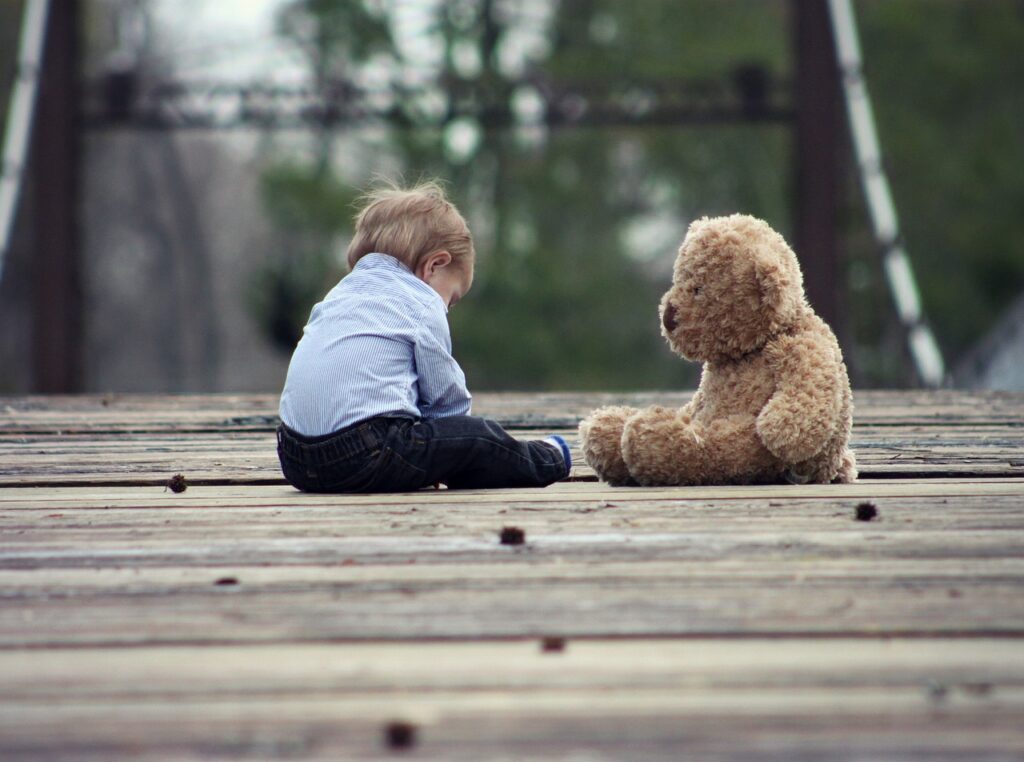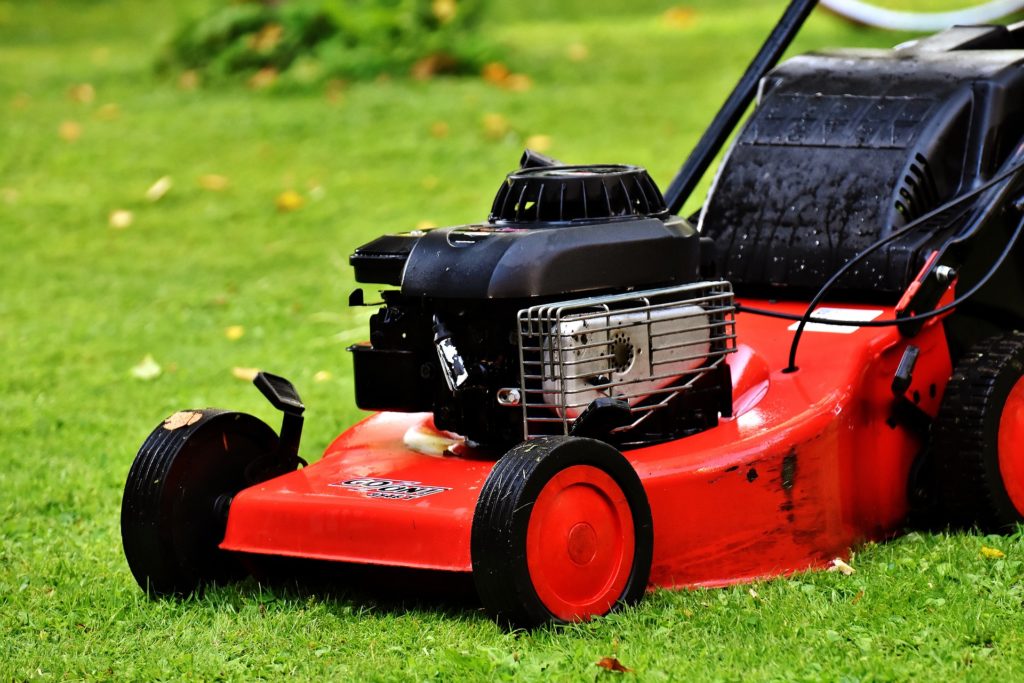As a parent, it can be challenging to know how to effectively discipline your toddler. It’s important to remember that discipline is about teaching your child appropriate behaviors and helping them to understand what is and isn’t acceptable. By providing structure, limits, and consistency, you can lay the foundation for your child’s future success.
Introduction
Discipline is a critical aspect of a toddler’s development. It helps them understand what is acceptable behavior and provides structure in their daily lives. With effective discipline, you can help your toddler learn important skills such as self-control, empathy, and problem-solving. In this article, we will explore different discipline strategies that can help parents successfully discipline their toddler.
Understanding Your Toddler
To effectively discipline your toddler, it’s important to understand their development stage. Toddlers are still learning about the world around them and are still mastering their emotions. They may not understand why certain behaviors are inappropriate, and as a result, they may test boundaries and limits. As a parent, it’s crucial to be patient and empathetic when disciplining your child. According to the American Academy of Pediatrics, using empathy and understanding when disciplining can lead to better outcomes and improved parent-child relationships.
One way to understand your toddler’s behavior is to observe them in different situations and identify what triggers certain behaviors. For example, if your toddler is prone to tantrums, you may notice that they are more likely to have a meltdown when they are tired or hungry. By understanding what triggers your child’s misbehavior, you can develop a discipline strategy that addresses the root cause of the problem.
Setting Limits and Boundaries
Setting limits and boundaries is an essential aspect of discipline. It helps your toddler understand what is acceptable behavior and what is not. It’s important to set limits that are appropriate for your child’s age and development stage. For example, if your toddler is constantly climbing on the furniture, a limit could be that they are only allowed to climb on designated play structures.
It’s also crucial to enforce rules consistently. When rules are consistently enforced, toddlers learn that there are consequences for their actions and are more likely to modify their behavior. A study conducted by the Journal of Child and Family Studies found that consistent discipline leads to more significant changes in a child’s behavior and improved outcomes. Consistent enforcement of rules and limits also helps to build trust between parents and their child, as the child knows what to expect and what is expected of them.
It’s essential to provide clear explanations for limits and boundaries and to reinforce them through positive reinforcement and negative consequences. Consistent reinforcement of limits and boundaries helps to ensure that your child understands what is expected of them and helps to build a foundation of appropriate behavior.
Positive Reinforcement
Positive reinforcement is a discipline tool that rewards appropriate behavior. For example, if your toddler is playing nicely with their toys, you can praise them and give them a small treat as a reward. Positive reinforcement helps to reinforce desirable behaviors and encourages your child to continue engaging in these behaviors.
Other positive reinforcement techniques include using stickers or a reward chart to track good behavior. For example, if your toddler completes a task without any misbehavior, they can receive a sticker. Once they have collected a certain number of stickers, they can receive a bigger reward.
Positive reinforcement is a powerful tool that can help to modify your child’s behavior, but it’s essential to use it consistently and in combination with other discipline strategies. For example, if you only use positive reinforcement and do not enforce limits or consequences for misbehavior, your child may become confused and not understand what is expected of them.
Positive reinforcement is also a great way to build a strong relationship with your child. When you praise and reward your child for good behavior, they feel valued and appreciated, which can improve their self-esteem and confidence.
Negative Consequences
Negative consequences are a discipline tool that provide consequences for misbehavior. Negative consequences can be effective in modifying behavior when used appropriately. For example, if your toddler throws a toy, you can remove the toy as a consequence.
It’s important to use negative consequences in a consistent and appropriate manner. The consequence should be related to the misbehavior and should be something that is meaningful to your child. For example, if your toddler is having trouble sharing, a consequence could be that they are not allowed to play with a particular toy for a specific amount of time.
Negative consequences can be an effective way to modify behavior, but it’s essential to use them in combination with positive reinforcement. When your child experiences positive reinforcement for good behavior and negative consequences for misbehavior, they have a clear understanding of what is expected of them and what the consequences will be for their actions.
Redirecting Behavior
Redirecting behavior is a discipline tool that helps to change the focus of your child’s behavior. For example, if your toddler is hitting another child, you can redirect their behavior by giving them a different toy to play with.
Redirecting behavior is a great way to modify behavior without using punishment. It helps to change the focus of your child’s behavior without causing them to feel frustrated or upset. Having a variety of toys on hand can make it easier to redirect your child’s behavior. Consider visiting a site specializing in baby toys to find a variety that will engage and distract your toddler.
Redirection can be an effective discipline tool, but it’s important to use it in combination with other discipline strategies. For example, you may use redirection in conjunction with positive reinforcement and negative consequences to help your child understand what is expected of them and what the consequences will be for their actions.
Conclusion
Disciplining your toddler can be a challenging task, but it’s essential for their development and future success. By understanding your child, setting limits and boundaries, using positive reinforcement, negative consequences, and redirecting behavior, you can help your child learn appropriate behavior and develop important life skills.
Remember, discipline is about teaching your child, not punishing them. With patience, understanding, and consistency, you can help your child grow into a well-behaved and responsible individual.




